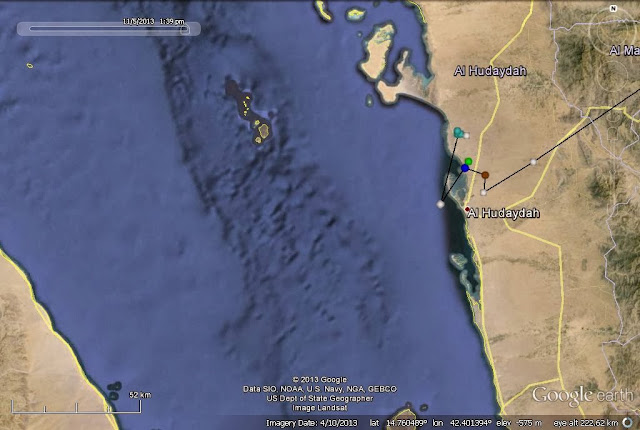We have lost contact with 130395 and 130396 and fear the worst.
130393 and 130394 are still moving around in relatively small areas in South Sudan, and are about 400 km away from one another.
At 0800 GMT on 27 November, 130393 was located near the settlement of Fashin, and only about 40 km from its location 10 days previous.
At 1315 GMT on 28 November, 130394 was located near the settlement of Jaziel, and only about 110 km from its location 10 days previous.
130397 is still on the coast of Eritrea near the port city of Massawa
.
130393 and 130394 are still moving around in relatively small areas in South Sudan, and are about 400 km away from one another.
At 0800 GMT on 27 November, 130393 was located near the settlement of Fashin, and only about 40 km from its location 10 days previous.
At 1315 GMT on 28 November, 130394 was located near the settlement of Jaziel, and only about 110 km from its location 10 days previous.
 |
| Movements of 130393 and 130394 during 18-28 November. |
 |
| The movements of 130397 during 18-28 November 2013. |
























